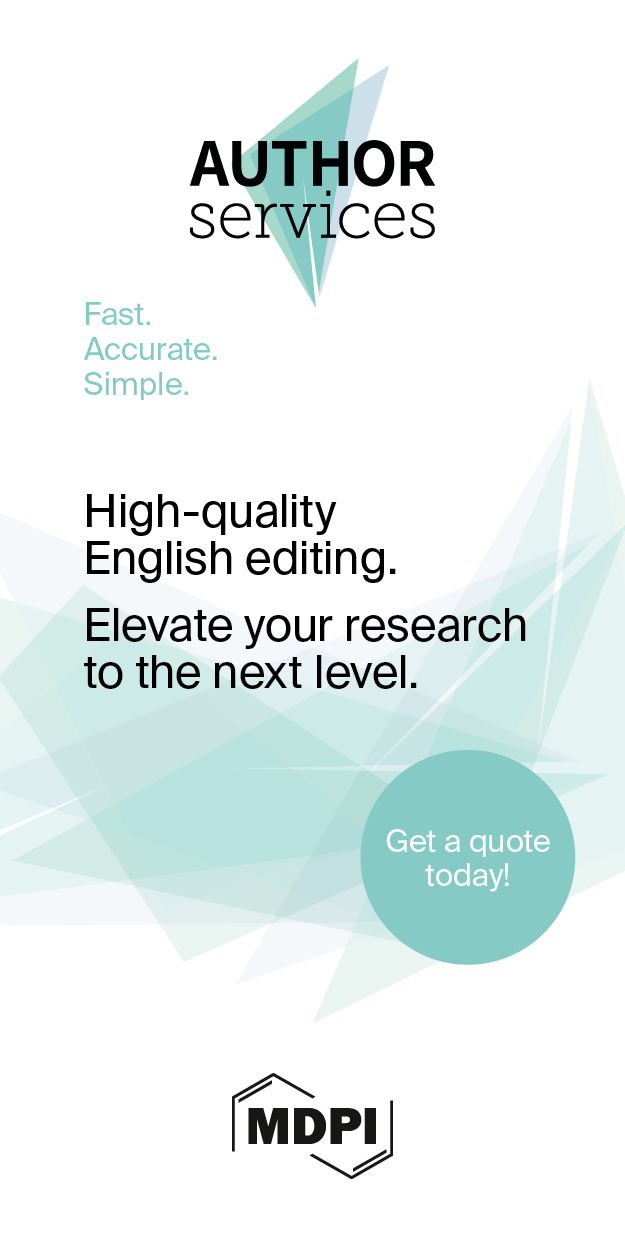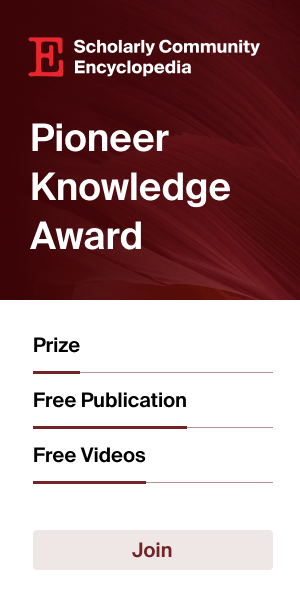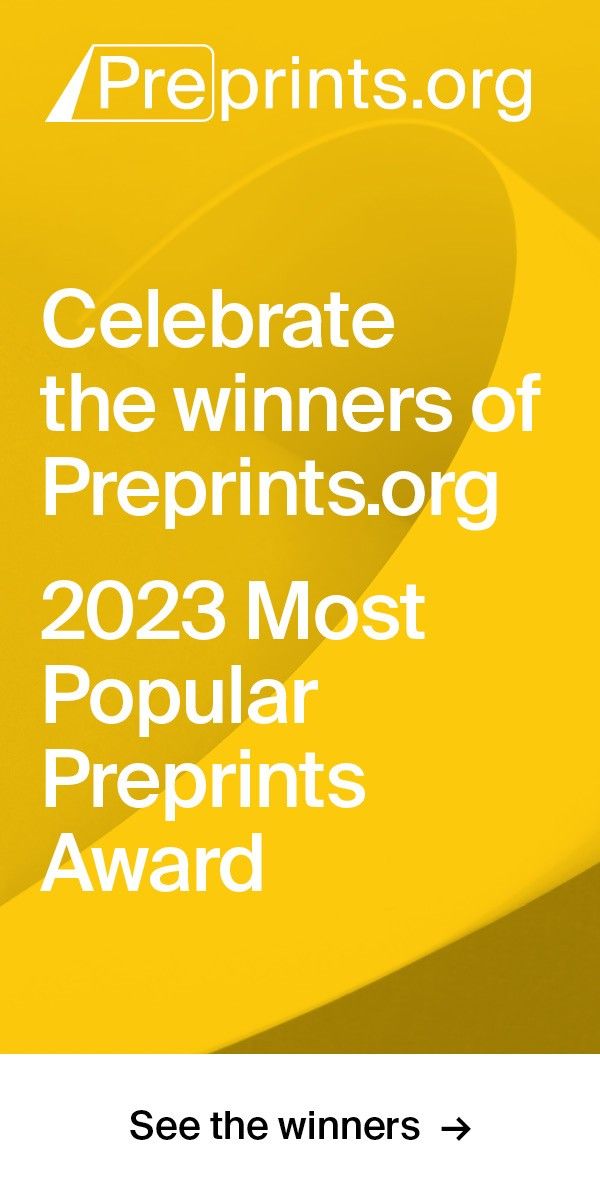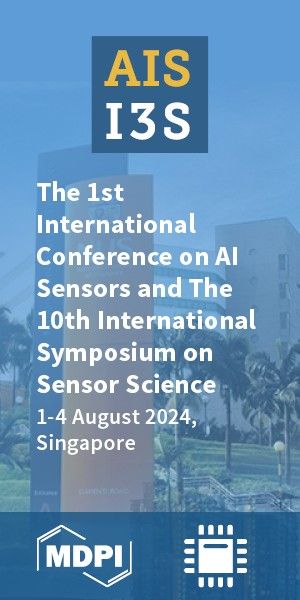Article
Version 1
Preserved in Portico This version is not peer-reviewed
A Framework for Developing a National Research Strategy for Water Reuse
Version 1
: Received: 5 February 2024 / Approved: 6 February 2024 / Online: 6 February 2024 (07:29:13 CET)
A peer-reviewed article of this Preprint also exists.
Ramaprasad, A.; Syn, T. A Framework for Developing a National Research Strategy for Water Reuse. Recycling 2024, 9, 24. Ramaprasad, A.; Syn, T. A Framework for Developing a National Research Strategy for Water Reuse. Recycling 2024, 9, 24.
Abstract
Water reuse is critical to national development, sustenance, and survival in this era of climate, demographic, and social changes. There is no national systemic approach to address the challenge systematically. The paper presents a framework and a method to develop a national research strategy for water reuse. It presents an ontology of water reuse strategy that encapsulates the combinatorial complexity of the problem clearly, concisely, and comprehensively. Subsequently, it discusses the method to use the framework to develop a national strategy, adapt it through feedback and learning, and ultimately effect a revolutionary change in the strategy for water reuse.
Keywords
water reuse; ontology; ontological framework
Subject
Environmental and Earth Sciences, Water Science and Technology
Copyright: This is an open access article distributed under the Creative Commons Attribution License which permits unrestricted use, distribution, and reproduction in any medium, provided the original work is properly cited.
Comments (0)
We encourage comments and feedback from a broad range of readers. See criteria for comments and our Diversity statement.
Leave a public commentSend a private comment to the author(s)
* All users must log in before leaving a comment








